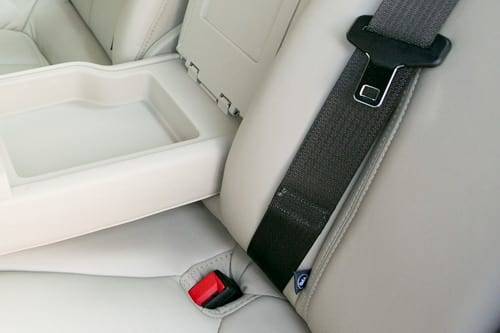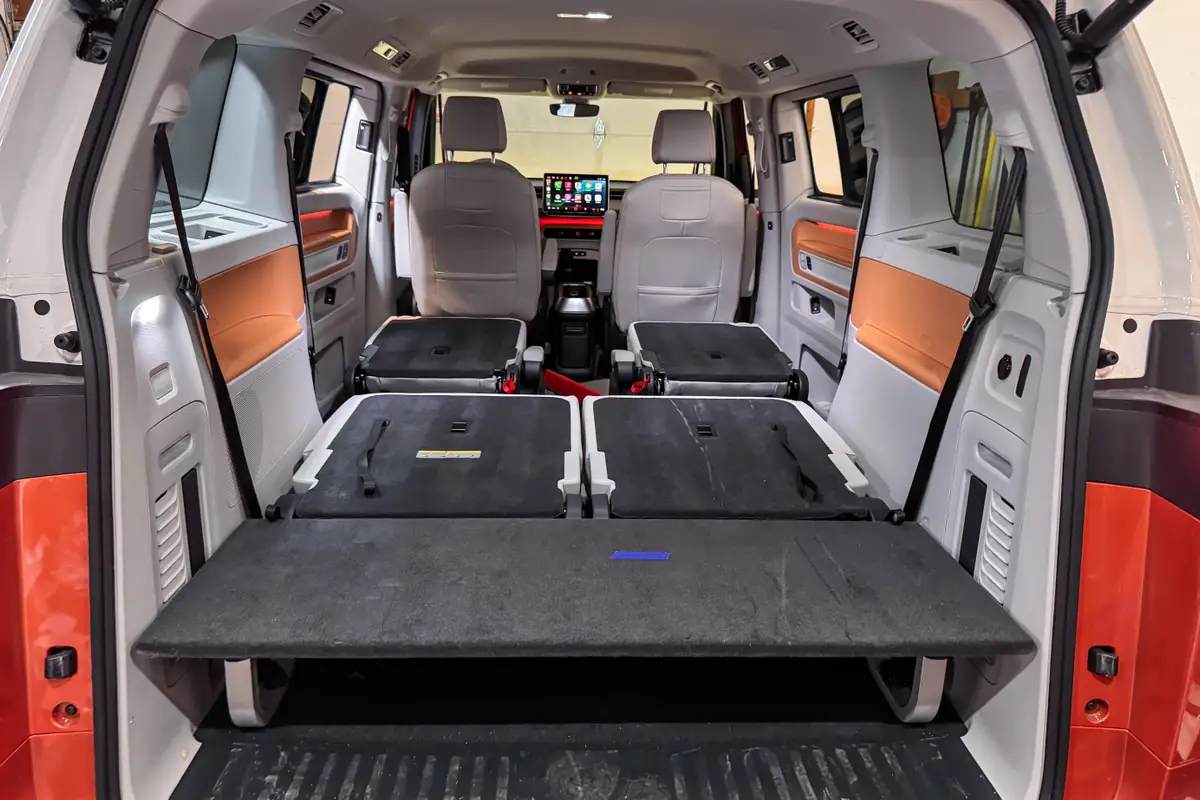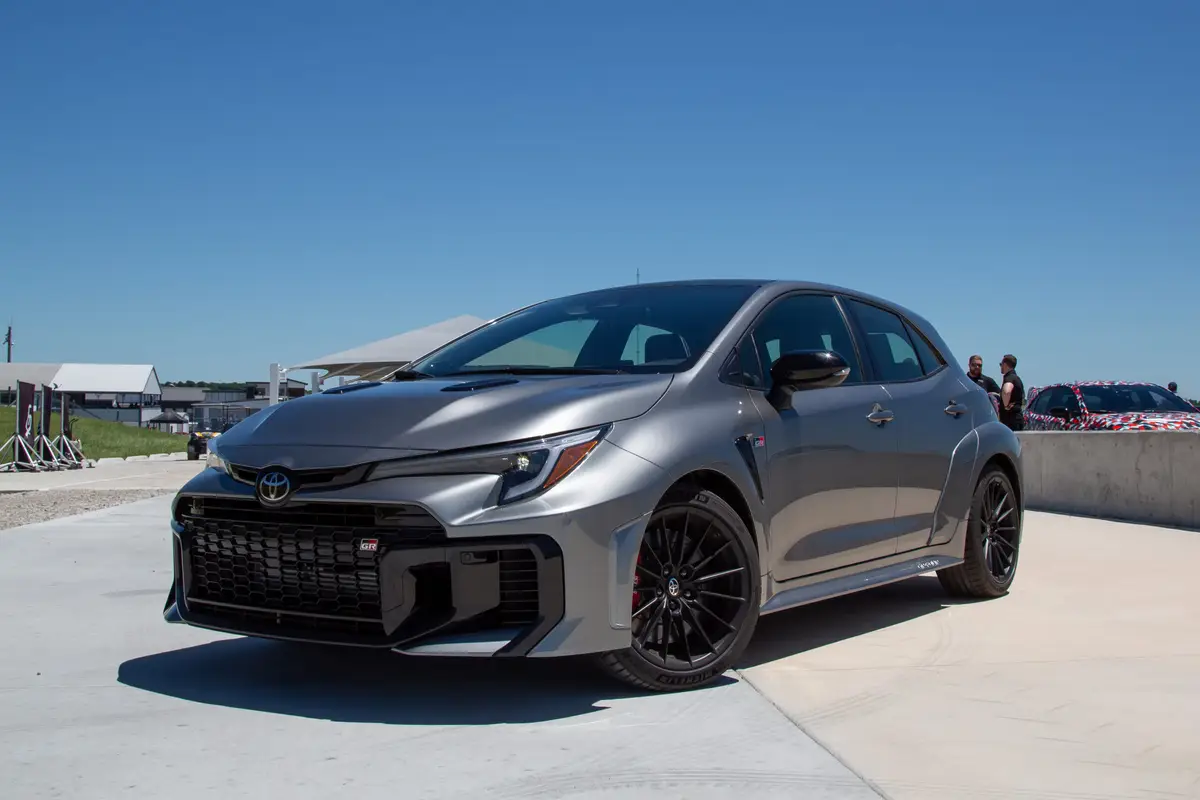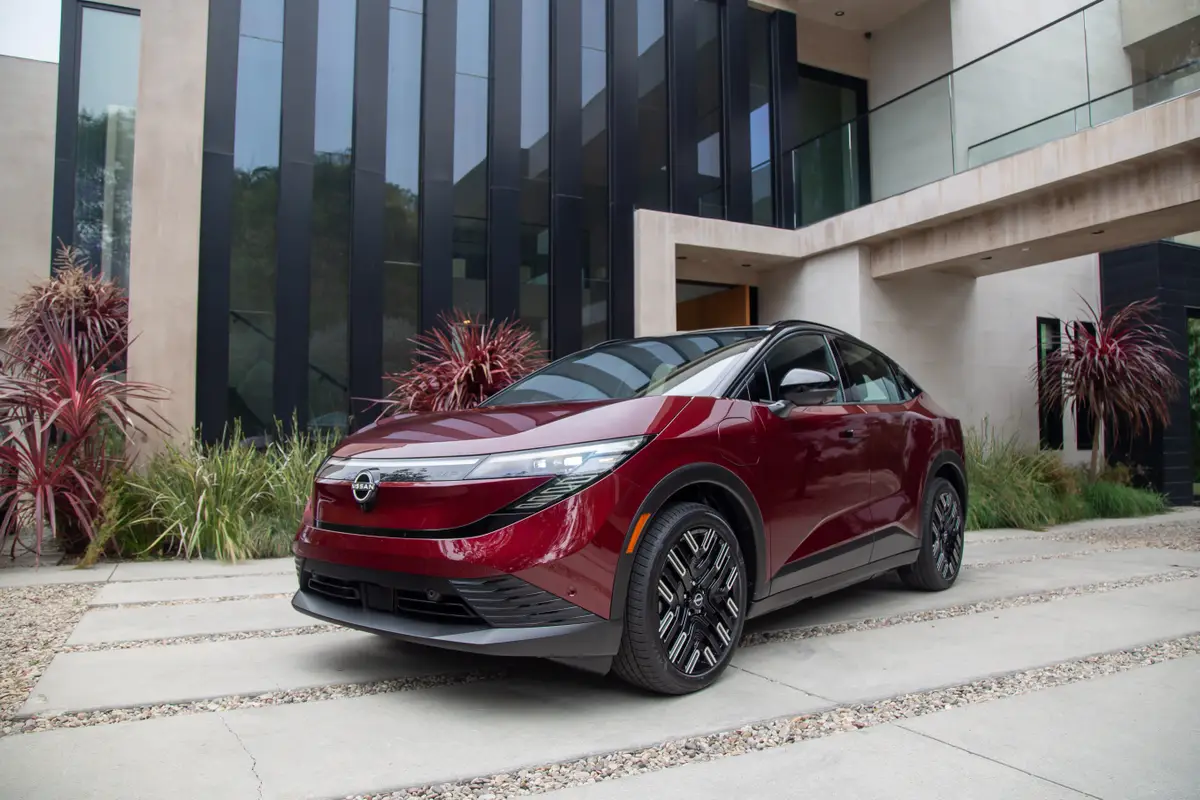Seat Belt Reminders Could Come to Backseat


You know that somewhat annoying seat belt reminder you hear go off when your front passenger hasn’t buckled up, even just a few seconds after starting the car? That chime could triple if a government proposal to equip backseats with the same reminder goes into effect.
Tomorrow’s cars could make it harder to travel without everyone buckled up, but it’s not just your passengers who would benefit. Unbelted passengers become projectiles in an accident, the Insurance Institute for Highway Safety says, increasing the risk of injury or death to other occupants — including you, even if you’re buckled — by 40%.
A handful of today’s cars, from the Volvo S60 to the Chevrolet Volt, alert occupants of unbuckled rear passengers with warning chimes or dashboard indicators. But forthcoming legislation could expand the group. A highway bill that passed Congress on July 2 calls for providing “a safety belt use warning system for designated seating positions in the rear seat.”
Specific details remain unclear. “The agency is in the early stages of establishing performance requirements for rear seat belt reminder systems,” a spokesman for the National Highway Traffic Safety Administration said. “These systems are still being evaluated by the agency.”
Backseat passengers could use the reminder. A NHTSA survey released in early 2009 found those in the rear buckle up 74% of the time, compared with 83% for those up front.
The law has been a long time coming. Seat belt reminders for the front seats have been around since the 1970s, and NHTSA requires them for the driver’s seat. Most new cars — three-fourths of all models in 2010, according to NHTSA — include a belt warning for the front passenger seat, too. How effective are they? A government study in 2007 found that what officials call “enhanced seat belt reminders” — which combine sound, icon or text warnings — improved belt use by 3.9%. An IIHS study in 2010, meanwhile, found driver fatality rates were 6% lower in vehicles with enhanced belt reminders.
Forty-nine states and the District of Columbia require front-seat occupants to buckle up, according to the Governors Highway Safety Association, but 24 of those states don’t require adults in back to do the same.
Teens Buckle Up Less Frequently
Unbelted backseat occupants are a “significant” problem, IIHS spokesman Russ Rader said, noting that backseat passengers wearing lap and shoulder belts face a 44% lower risk of fatal injury in cars and 73% lower risk in vans and SUVs. But teenage passengers are at particular risk. NHTSA noted that teens buckle up far less frequently than adults, with some 20% of teens and young adults going unbelted in a 2008 study. In 2009, 56% of 16- to-20-year-olds involved in fatal accidents were unbuckled.
“The backseat riding rate is high in those age groups, but the restrain usage rates are very low,” said safety advocate Joseph Colella, who consults for Traffic Safety Projects near Washington, D.C. “We’re not making progress with the tweens and teens the way we are with other groups.”
In the scheme of traffic-safety priorities, backseat belt reminders don’t rank high. Two groups, Public Citizen and Advocates for Highway and Auto Safety, petitioned NHTSA in 2007 to implement belt reminders for the rear seats, claiming some 289 lives could be saved each year. That’s nothing to sneeze at, but it’s a small fraction of the 41,059 traffic deaths that year. By comparison, drunken driving was responsible for 12,998 lives lost.
The figure could mislead, Colella said, as it represents only those killed who weren’t wearing seat belts.
“That’s not including the projectile factor, where the unsecured body in the backseat can injure somebody in the front seat or another rear-seat passenger,” Colella said. “No one in the vehicle is safe unless everyone in the vehicle is buckled.”
How Would They Work?
The implementation remains vague. The 2007 DOT study couldn’t conclude which type of belt reminder — audible, visual symbol or textual — was most effective. And the backseat is a frequent spot for cargo, so the belt reminders would need to determine whether the unbelted backseat had William or Wal-Mart. After all, front-seat belt reminders can sometimes confuse the two.
“The sensors are pretty sophisticated,” IIHS’ Rader assured, “unless you’ve got a 150-pound sack of potatoes back there.” And if you do, you should probably belt it in. Unsecured objects can become projectiles just as much as passengers, he added.
Either way, it will be a few years before backseat reminders show up. The highway bill gives the Secretary of Transportation up to three years to issue a final rule. In the meantime, keep reminding those folks in back to buckle up — and tell your teen to do the same.
Related
See Crash-Test Ratings
More Safety Coverage
More Automotive News

Former Assistant Managing Editor-News Kelsey Mays likes quality, reliability, safety and practicality. But he also likes a fair price.
Featured stories




